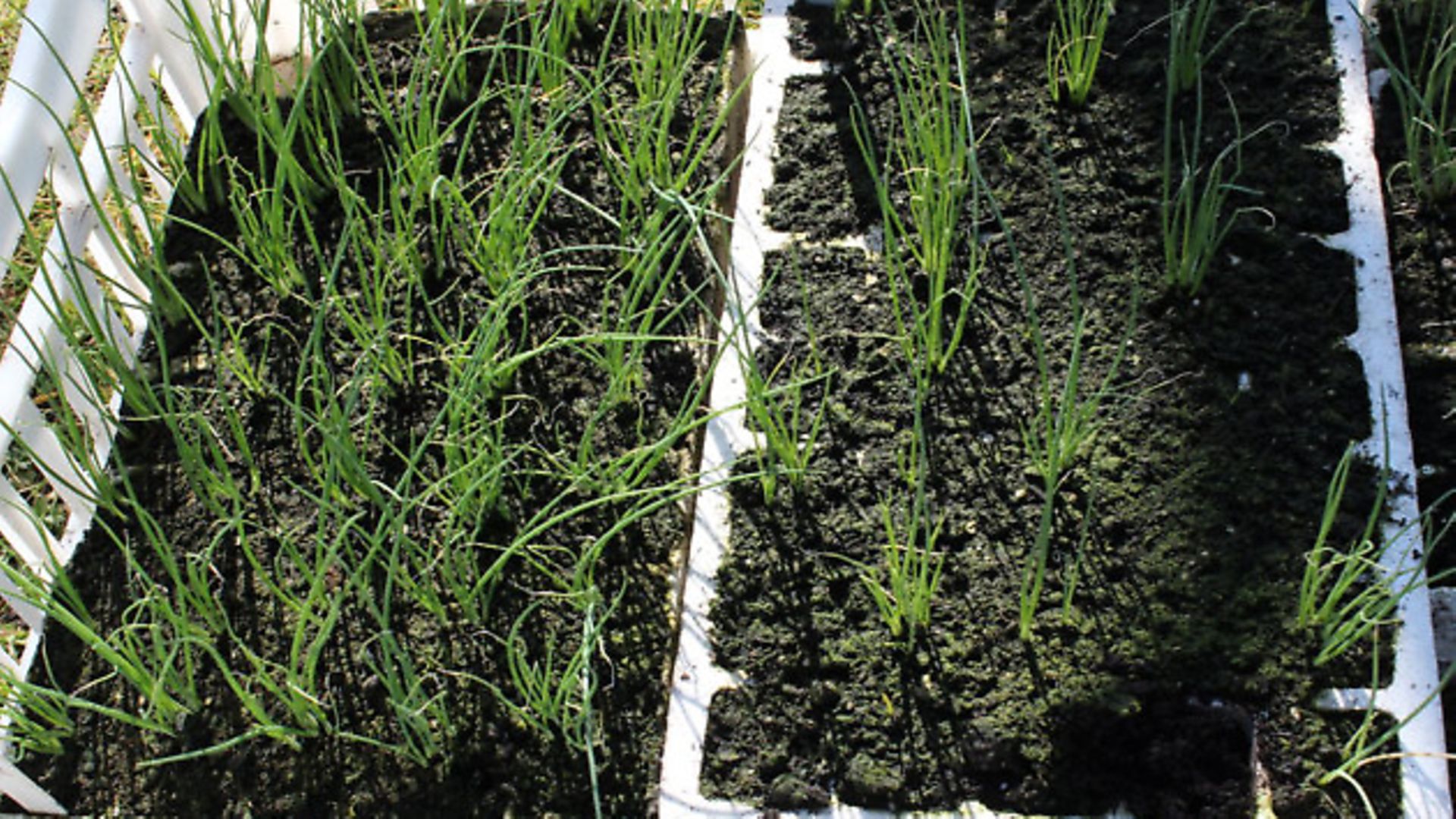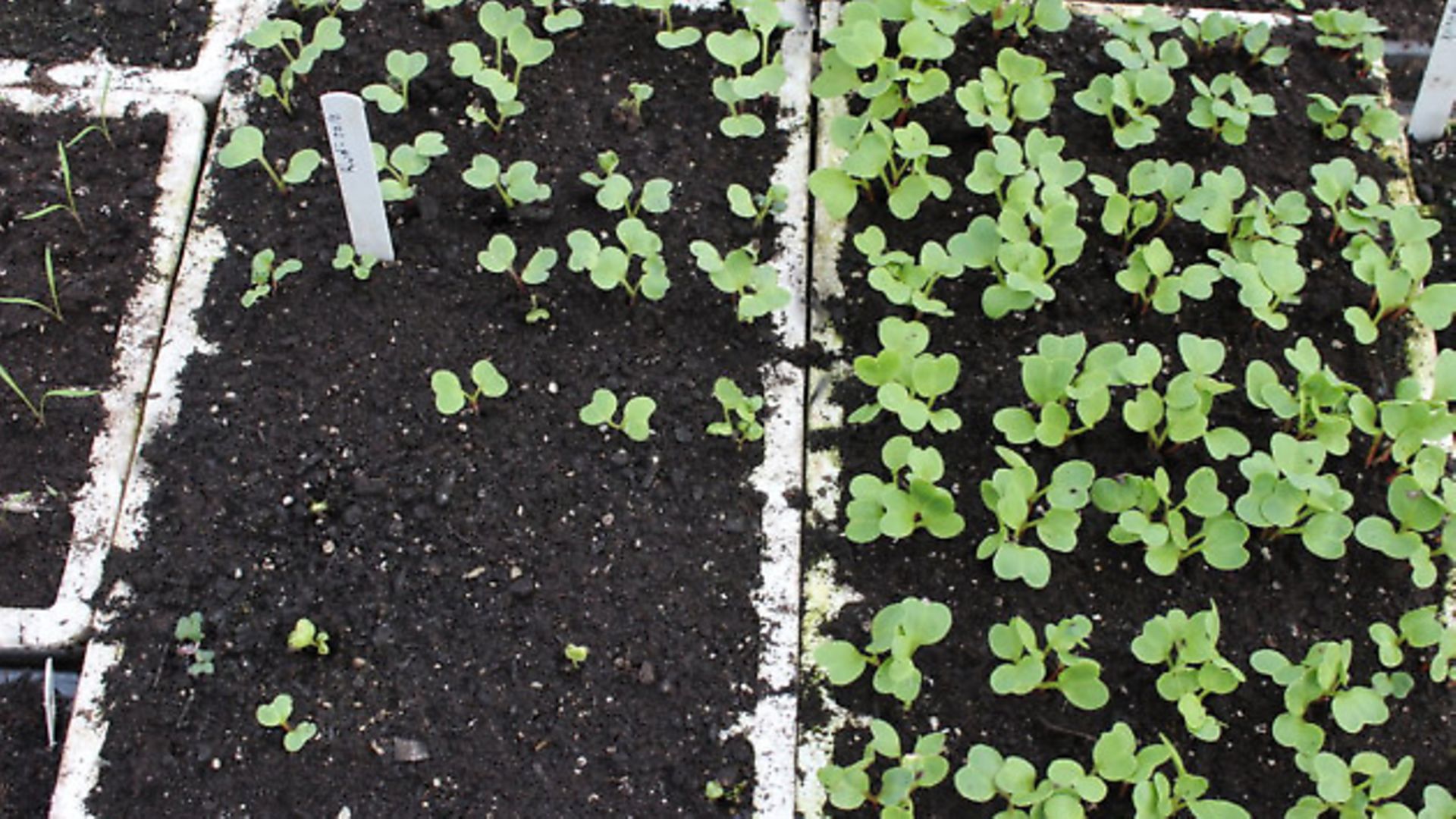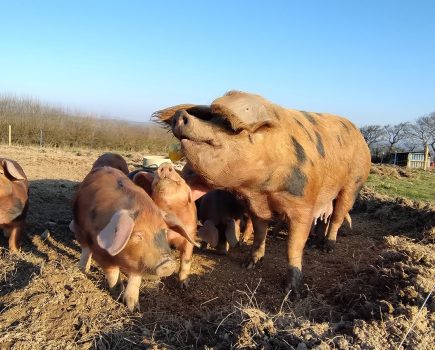Charles Dowding shares some wisdom about seeds and how to make the most of them

This is a good time to browse seed and plant catalogues, seek ideas and inspiration, and place some orders. There are some great offers of new varieties and old faithfuls. But how do you know if those seeds are going to germinate as they should?
Seed viability
This spring I had some disappointing experiences with onions in particular, sown over a hotbed in my greenhouse. I know that the conditions – warmth, compost quality, moisture levels – were correct because some batches of seed germinated well and grew strongly. Other batches did not.
I am reluctant to name and shame, but do below, because I am so disappointed with the variable quality of seeds on offer. Many are superb, some are not, and we the customers have no way of knowing until we see growth, or not.
Over the years I have experienced some shockingly poor germination percentages when comparing different seed batches. Usually my email of complaint is played down and I am refunded with a free packet of seeds. Once I was told that I had been ‘unlucky’. This is no help when one has wasted some of the growing season, compost and space in either greenhouse or ground outside.

Germination advice
Getting seeds underway is the most important part of growing, and the missing piece of sowing’s jigsaw puzzle of best conditions is often temperature. In Britain, almost all sowings until early summer benefit from extra warmth, during the crucial first week or two after sowing.
Methods to increase warmth:
Put seed trays in the warmest place indoors, for four to six days on average: watch for the first pale shoots, then bring to light;
Keep sown trays on a warm windowsill for as long as possible, usually until seedlings grow too long as they reach for light;
Lay trays over a source of heat in an otherwise unheated greenhouse or polytunnel, say an electric propagating bench or a hotbed.
One other factor is moisture levels. Seeds need enough to germinate, but they also need air for developing roots. It’s cheap to make your own seed compost by adding 30% vermiculite/perlite/sharp sand to any all purpose compost. Wet the compost fully before sowing, then as little as you dare, until emergence is strong.
Happy Christmas
I wish readers a joyful festive season, and hope my writing is bringing you rewards in the plot. This piece is, for once, not a call to seasonal action, because I recommend sowing no seeds until mid February!
Don’t miss Charles’s Diary
In December, Charles Dowding will be publishing a Diary for veg growers. He says: “It is a manual of gardening, packed with illustrations to inform and inspire you, at 168 pages, priced £14.95. Use it year after year. The advice is straightforward, seasonal and productive.” The Diary is available at Charles’s website, www.charlesdowding.co.uk
Image(s) provided by:
Archant
Archant







